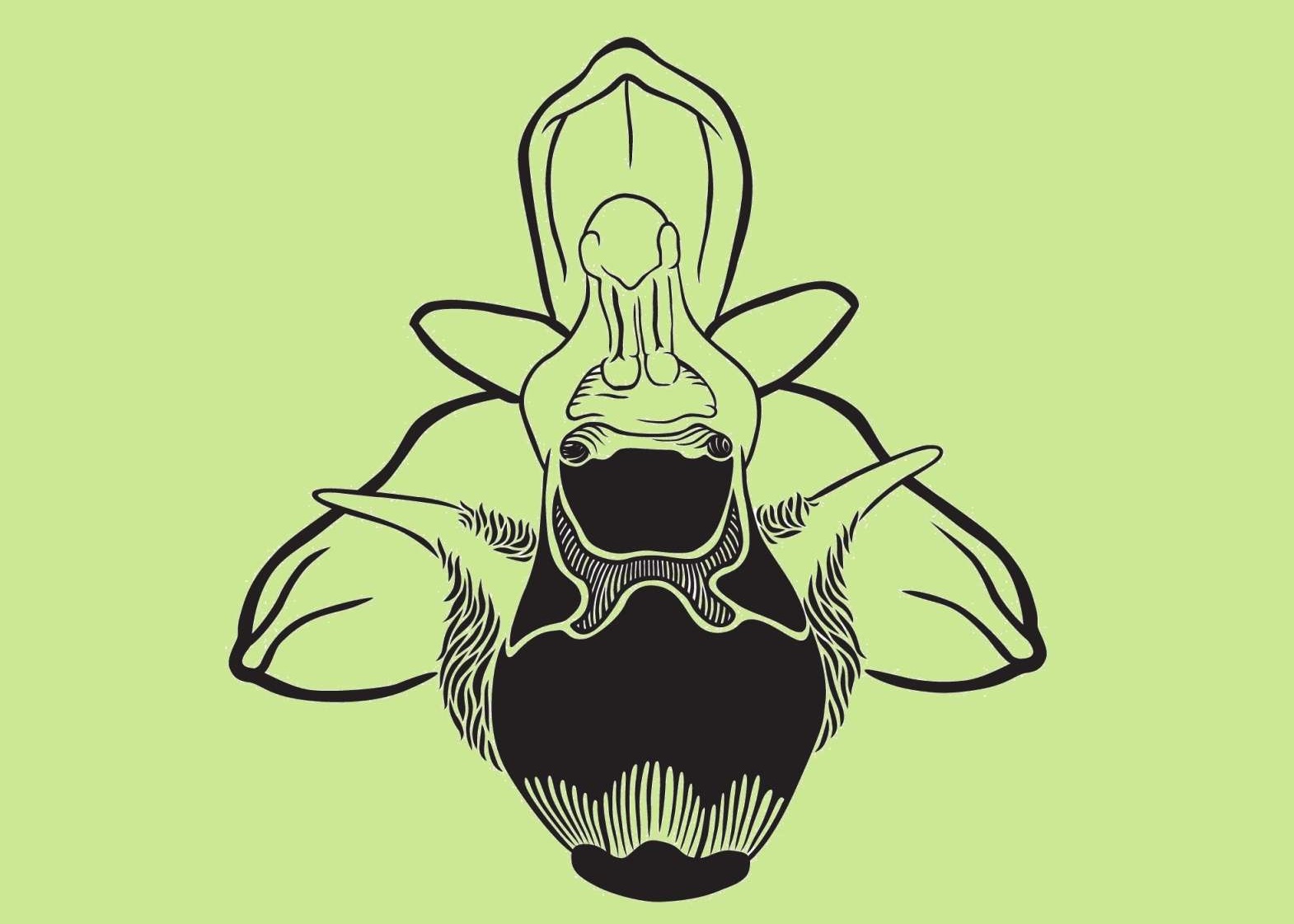Hungarian localities of Himantoglossum adriaticum and its land-use history
Author
View
Keywords
License

This work is licensed under a Creative Commons Attribution 4.0 International License.
How To Cite
Abstract
Himantoglossum adriaticum H. Baumann is a Natura 2000, CITES species and strictly protected plant in Hungary. During my field work (1992–2016) I realized some similarities in the characteristics of the habitats where the plant grows, so I wanted to know the land use history of the areas in question. The H. adriaticum population of Keszthely Hills was studied the longest time. There were annually 7–78 inflorescences between 1992–2016. Recently two further localities were found in Keszthely Hills. They grow in the edges of grasses used earlier as pasture, minor roadside verges and nearby abandoned vineyards. The largest population can be found in Sümeg region, majority of the individuals are along a paved road. Among the estimated 1000–2000 individuals 10 (2012) to 214 (2014) flowered. In Kőszeg, the lizard orchid grows in abandoned vineyards and in old traditional orchards. The maximum number of inflorescences was 165 (2016). In Bakony Hills its habitats are vineyards and orchards abandoned approximately 50 years ago. The size of H. adriaticum population here is nearly the same as in the Keszthely Hills. Four out of the five populations are growing on sites used as vineyard or orchard already in the years of the First Military Survey. The only exception is the population of Sümeg region. Every habitat is threatened by spontaneous forestation, but the species is able to find new habitats, so we do not worry about the drastic decline of the individuals in Hungary.

 https://doi.org/10.17542/kit.22.84
https://doi.org/10.17542/kit.22.84